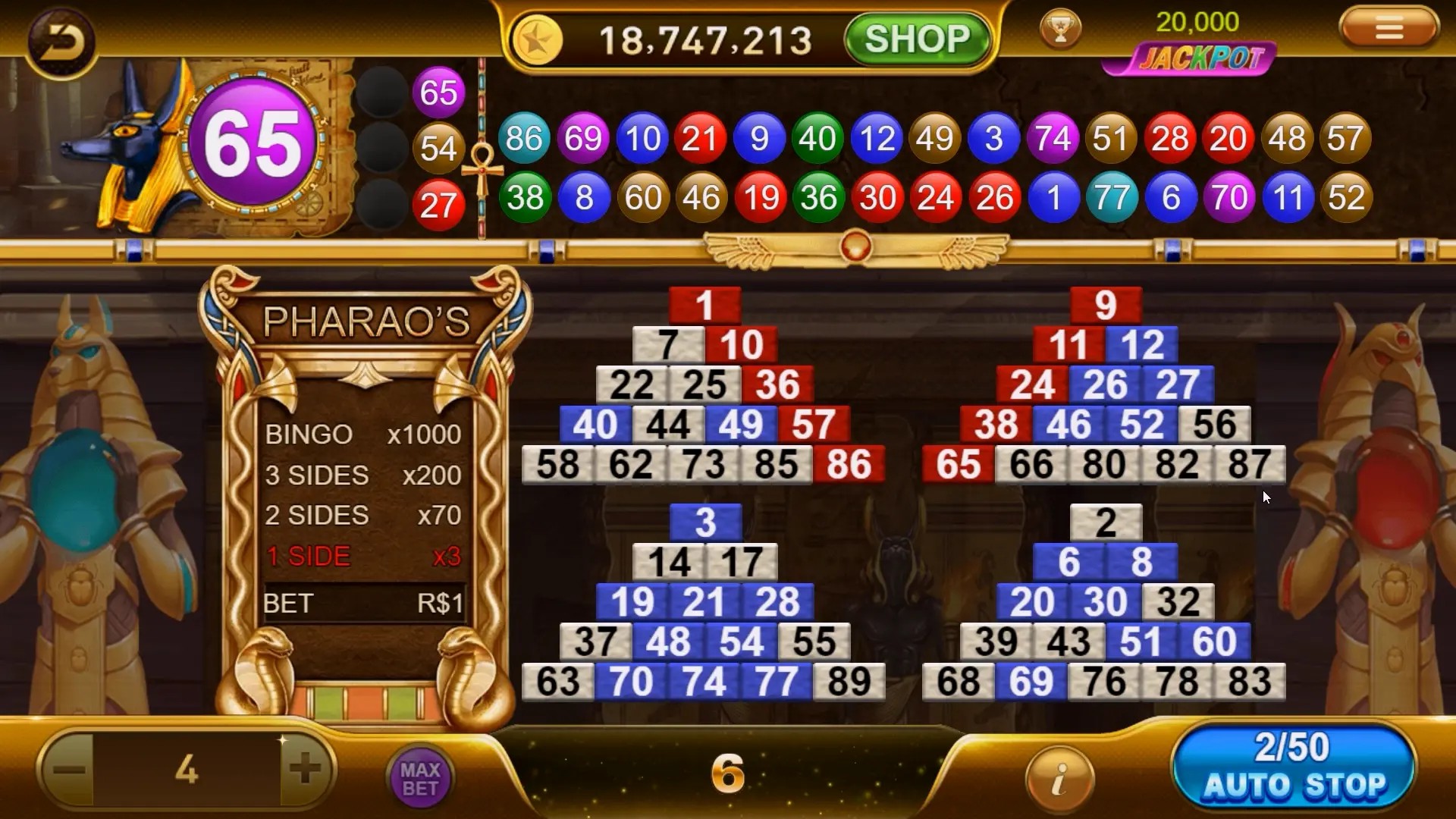From Simulation to Hyper Casual: The Evolution of Casual Gaming Experiences
Casual gaming has come a long way, from intricate simulation games to the rise of hyper casual games. This evolution reflects not just technological advancements but also changing player preferences. In this article, we'll explore the shift from simulation to hyper casual gaming, highlighting key trends, popular games, and how players engage with these experiences.
The Birth of Simulation Games
Simulation games have always offered players immersive experiences that imitate real life. Titles like "The Sims" and "SimCity" allow gamers to create and manage virtual worlds. These games typically require investment of time and effort, making them appealing to dedicated players who enjoy depth and strategy.
- Focus on realism and life-like scenarios
- Complex gameplay mechanics
- Longer game sessions, often weeks or even months
Simulation games often include features that encourage critical thinking and problem-solving. However, not everyone has the time to invest in these lengthy experiences, leading to a gradual shift in the gaming landscape.
The Rise of Hyper Casual Games
Hyper casual games emerged in response to the demand for more accessible gaming experiences. These games prioritize simplicity and quick gameplay mechanics. The idea is to engage players in short bursts, catering to the fast-paced lifestyle of modern audiences.
| Hyper Casual Game Examples | User Engagement |
|---|---|
| Helix Jump | Fast-paced, addictive gameplay |
| Flappy Bird | Simple controls, instant replay |
| Candy Crush Saga | Strategic thinking in small doses |
Hyper casual games have become extremely popular on mobile platforms. They often offer free-to-play models with monetization through ads or in-game purchases.
Player Preferences and Game Engagement
The transition from simulation to hyper casual games sheds light on evolving player preferences. Many players appreciate the option of enjoying a game without the commitment of a long session. This shift also reflects wider trends in entertainment consumption, with short videos and quick games gaining traction.
- Shorter play sessions: Players enjoy games they can play in just a few minutes.
- Simpler mechanics: Easy-to-learn games attract a larger audience.
- Accessibility: Mobile-friendly games reach diverse demographics.
For instance, titles like "Clash of Clans" show how players can still enjoy strategic elements yet in a more casual format. However, discussions around hacks like the clash of clans game hack remind us of the always-present interests in shortcuts, even in casual gaming.
The Future of Casual Gaming
As technology advances, the line between simulation and hyper casual games may blur even further. Developers are exploring new ways to create engaging experiences that cater to both casual and hardcore gamers. The rise of AR and VR technologies hints at a future where gaming could become even more interactive and immersive than ever before.
Conclusion
In conclusion, the evolution from simulation to hyper casual gaming reflects a broader shift in player preferences and technological advancements. As we move forward, those who can blend elements of depth with accessibility will likely dominate the landscape, opening doors to new experiences for gamers everywhere. Whether you're a fan of the deep simulations or the quick thrills of hyper casual games, there's something for everyone in today's gaming world.



